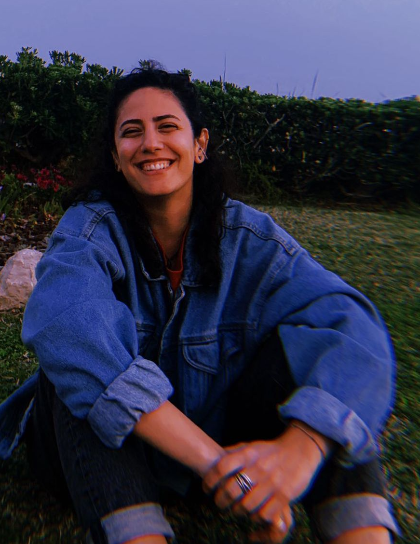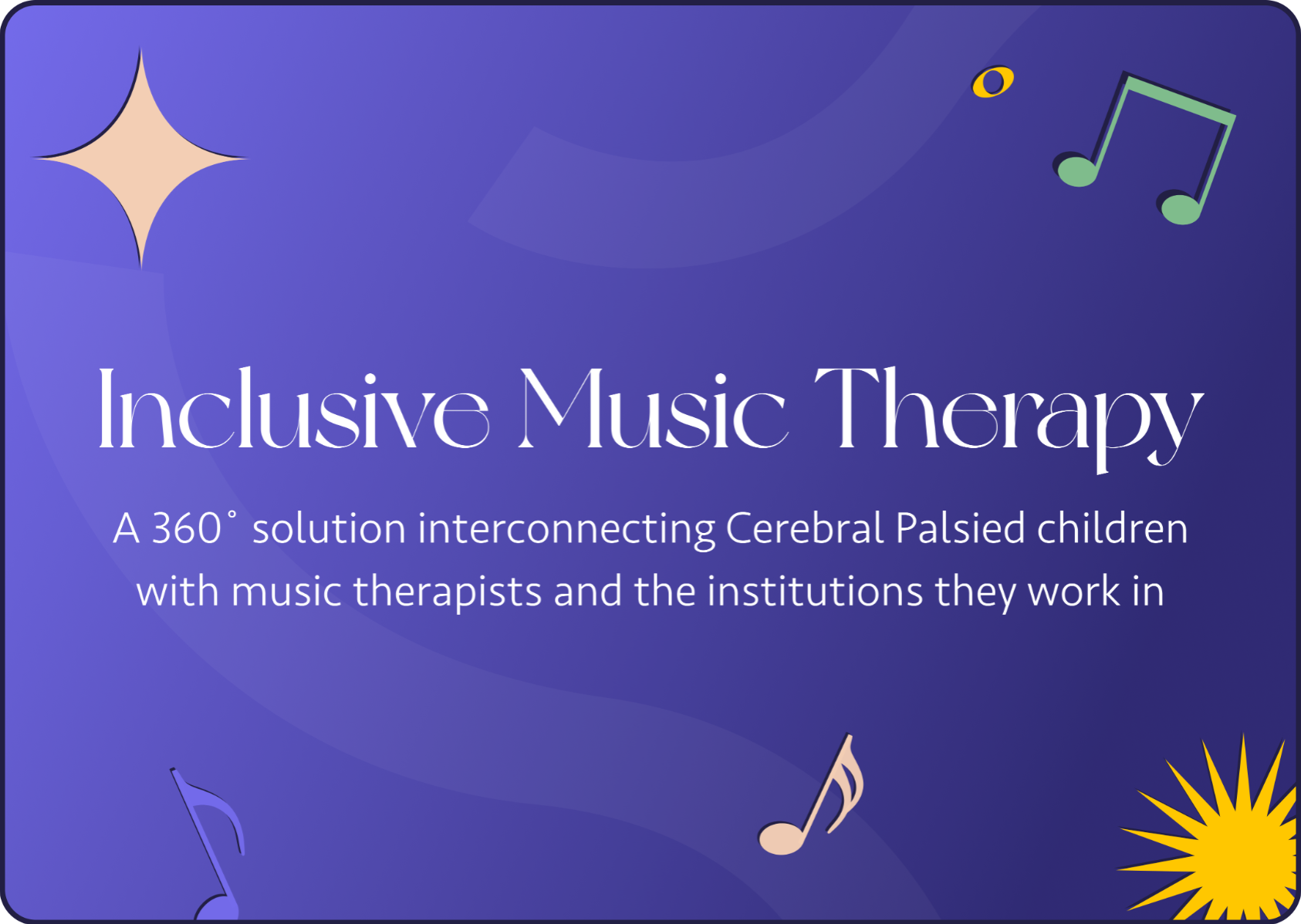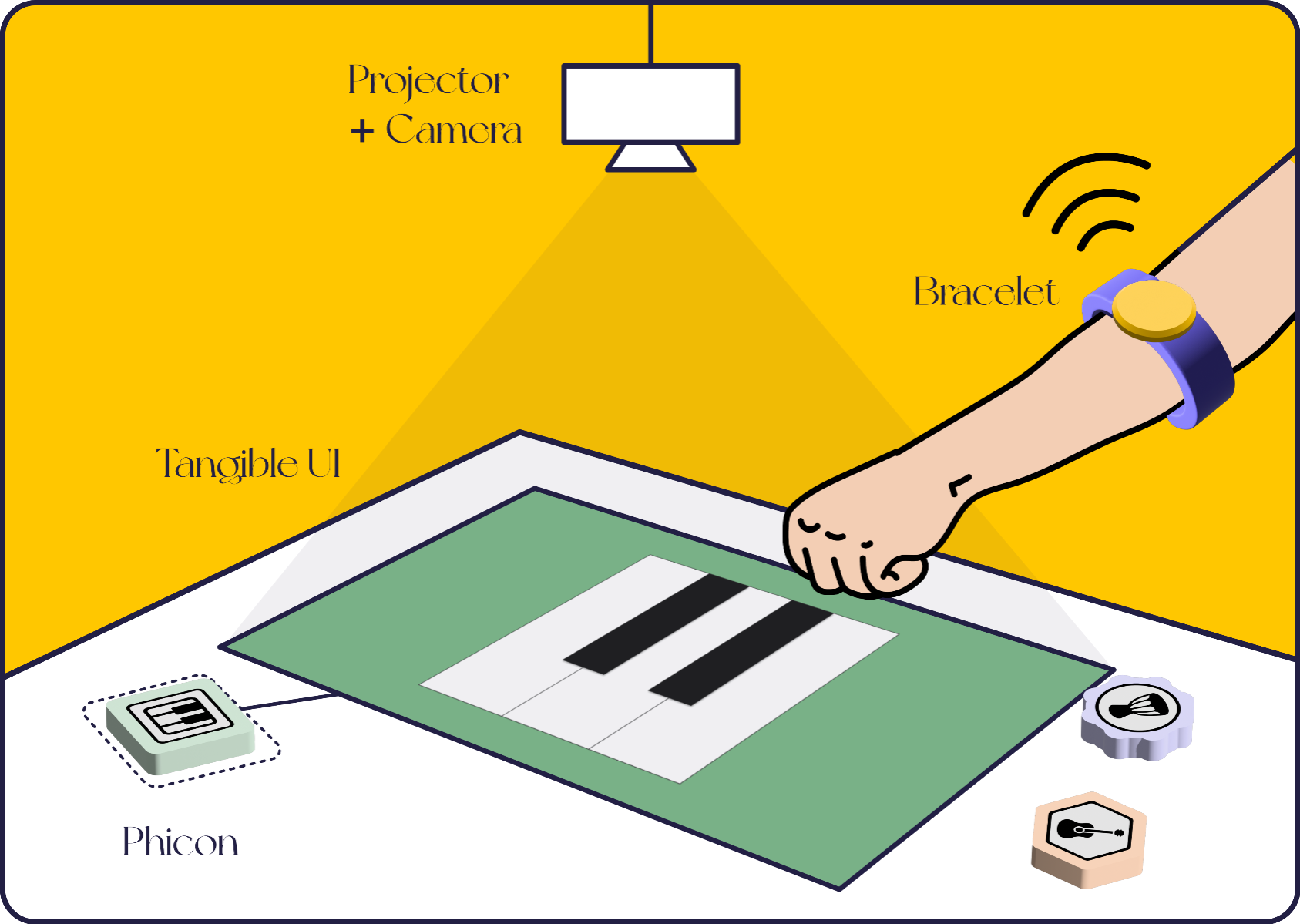mary lyn Bou Habib
Interaction Design Master
IED Istituto Europeo Di Design Barcelona
Graduates: 2022
Specialisms: Interaction Design / UX Design / Graphic Design
My location: Barcelona, Spain


mary lyn Bou Habib

First Name: mary lyn
Last Name: Bou Habib
University / College: IED Istituto Europeo Di Design Barcelona
Course / Program: Interaction Design Master
Graduates: 2022
Specialisms: Interaction Design / UX Design / Graphic Design
My Location: Barcelona, Spain
About
Music plays a big role in shaping our moods daily and has a therapeutic effect on us; this is how music therapy started. The latter is meant to be played and shared with other people, which makes it inclusive by nature; but in fact, it’s not the case for kids who have Cerebral Palsy. Those kids have paralyzed limbs from birth and the current accessible digital music instruments are made for people who have a strong musical background. While on the other hand, music therapists are trying to make their sessions as inclusive as possible by mixing groups of different abilities. But it’s hard for them to measure progress and accurately assess it because it’s a long and manual process. This solution is a 360˚ model that interconnects kids with Cerebral Palsy, music therapists and the institutions they work in. It will provide kids with an adaptable musical tool that will unlock their creativity in playing and promote collective orchestration, while offering music therapists an automated assessment tool and an AI-driven activities library to pick better goal-oriented sessions, and finally give a bird-eye view for the institutions to assess the children’s progress and appraise the efficiency of those methodologies used by music therapists. Kids will have a bracelet device that mixes two technologies, muscle contraction data collected from the MYO bracelet and GSR technology to detect bio-signals and emotions. This bracelet can be customized to match the child’s mood and preference to enable creativity and personalization. In addition to that, a tangible interface is projected on an adjustable table in front of them enabled by phicons (physical icons) that each represents an instrument and an exercise. Once the phicon is detected by the camera, the corresponding exercise is projected on the table and the kid can interact with it through motion. Data collected from these exercises will be reflected on a web portal which music therapists and institutions have access to. It will categorize data corresponding to the main four pillars of assessment that a music therapist needs: kinetic, emotional, cognitive, social, while each exercise serves a goal. This data will be automatically analyzed by the portal and result in an enhanced machine learning for activities propositions for future sessions.


